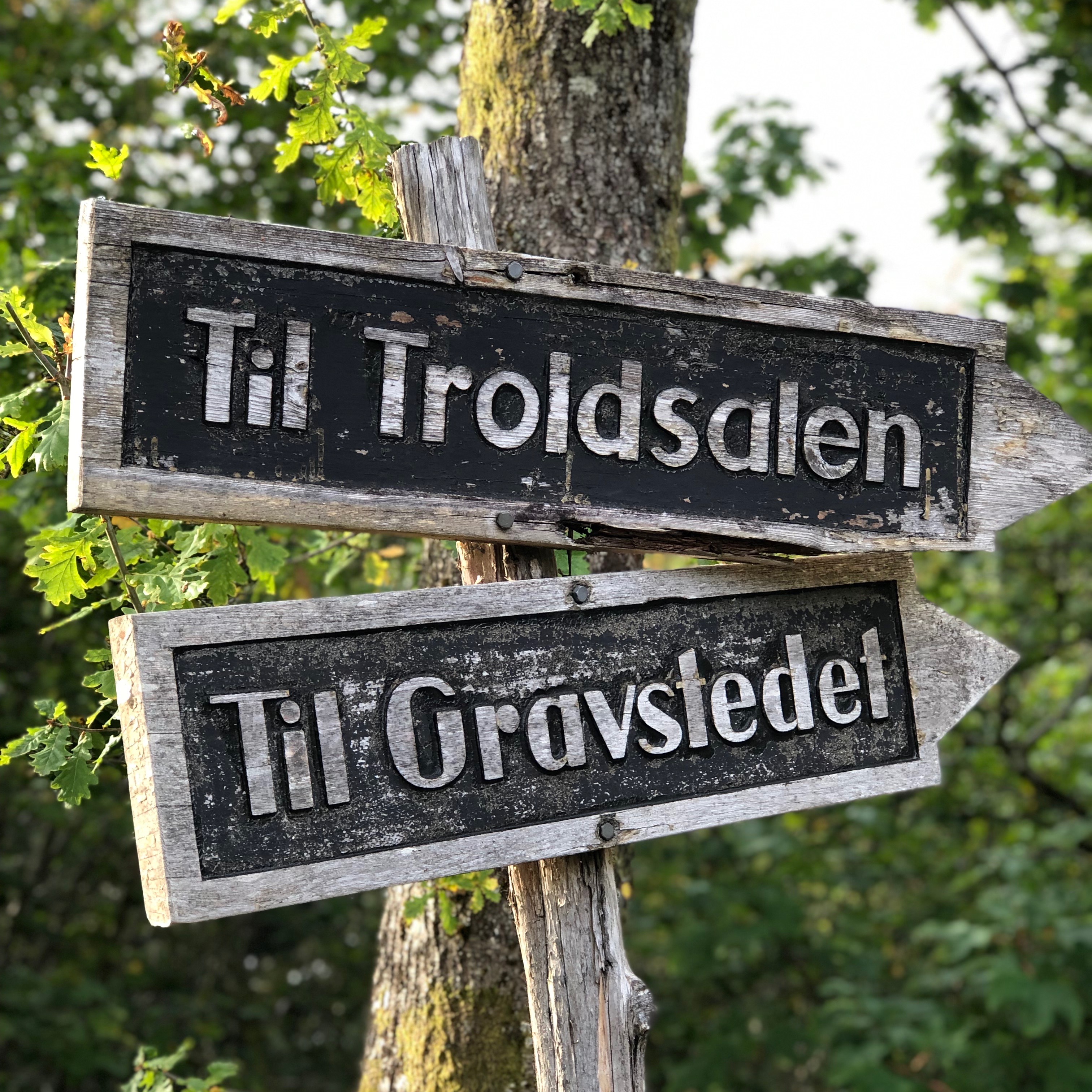

Troldhaugen – Edvard Grieg
When you’re in Bergen, the Edvard Grieg Museum is a must. Edvard Grieg, born on 15 June 1843, known for his piano pieces, suites and songs, is still considered the most important Norwegian composer.
Kari took me on a visit to this special place. Not only can you visit the museum, but also the house that Edvard and his wife Nina Hagerup built in 1885. The museum also includes the mountain crypt that holds the ashes of Edvard; Nina’s ashes were added later. The house, or rather villa, is called Troldhaugen. Edvard and Nina lived at Troldhaugen until Edvard’s death, on 4 September 1904.
We park the car and walk up the hill to the museum. It is a place of serene tranquillity. All you hear, at least if Kari stops talking ;-), are the leaves rustling on the trees. We have to wait until we can enter the villa because there is already a group of tourists inside. That is why we first visit Edvard’s writing hut (‘komponisthytten’). This is right by the water, and if you look through the windows of the cabin, you look through the windows on the other side of this cabin to see the view that Edvard had when he was working at his desk. A place where inspiration almost seems to come naturally, that’s how beautiful it is.
When Kari listens to Grieg, she says she feels the Norwegian nature through his music.
There is a bronze statue of Edvard in the garden. He seems content to look at what has been done with his legacy.
After a walk around the villa, we go inside. You’re instantly transported 100 years back in time, with most of the interior dating back more than a century. The furniture, his piano, his awards (back then they were probably just called prizes), paintings, crockery, and photos. Lots of photos. Nina’s last will stated that only the ground floor would be open to the public.
Impressed by what we saw in the villa, we walk to the mountain crypt. We follow the path through the woods, down to the water. The mountainside holds the crypt. There’s lots of greenery, a big lake, peace and quiet, reflecting on your own memories. This is a very nice, peaceful final resting place.
We finish our tour with a visit to the actual museum. It is not large, but it exudes the history of a special man. This trip was like taking a walk through Edvard’s life. The museum has many photos, written history, contemporary clothing and much more. That’s all I will tell you; I want you to go and see for yourself.
For Kari and me, this was a wonderful ending to a Tuesday in Bergen.



